
“Jesus’ ascension to heaven,” by John Singleton Copley – after He “opened their minds…”
* * * *
The Gospel lesson for Sunday, April 15, 2018, was Luke 24:36b-48. (According to the Revised Common Lectionary, for Sunday Bible readings.) That Sunday reading included Luke 24:45: “Then he” – that is, Jesus – “opened their minds so they could understand the Scriptures.”
Which is precisely the point of this blog… Opening your mind when reading the Bible.
I wrote about Luke 24:45 last May in Ascension Day 2017 – “Then He opened their minds.”
(A note: Last year Ascension Day was on May 25. This year it’s coming up on May 10. That’s because it’s always “celebrated on a Thursday … the 40th day of Eastertide, the 50-day church season running from Easter Day to Pentecost Sunday.) So anyway, here’s the point I was trying to make:
Luke 24 [included] the Road to Emmaus appearance. [Shown below.] That [was] followed in turn by the last of the post-Resurrection appearances of Jesus. The two disciples at Emmaus had gotten up and “returned at once to Jerusalem. There they found the Eleven and those with them, assembled together.” Jesus then appeared in the midst of all of them, and taught them things; i.e., He “opened their minds so they could understand the Scriptures.” (E.A.)

* * * *
Put another way, the key point was that some people may object to reading the Bible with an open mind. But if they do, we can always say we’re “just following the example of Jesus as told in Luke 24:45.” See also “There’s no such thing as a ‘conservative Christian.” That post noted the difference between real Christians and “Pharisees.” (Conservatives posing as Christians):
Christians aren’t negative, self-righteous, sanctimonious or hypocritical. Real Christians work every day to make the world a better place, plowing ahead, while the pharisees get all the negative press… Which of course leaves the rest of us with a heavy cross to bear.
And speaking of reading the Bible with an open mind, consider the “Daily” readings for Sunday, April 22, 2018. Those Daily Office Readings included Mark 6:30-44. That Gospel reading included the story of Jesus feeding the multitude. (In this case, about 5,000.)
I wrote about that episode in April 2014’s Another view of Jesus feeding the 5,000. That post explained the difference between the traditional – or narrow-minded – interpretation of the story, and one more in line with reason and experience. That is, in the narrow-minded view, Jesus performed a fairly-routine magic trick. (A “pure miracle, plain and simple.”) The miracle can’t be explained rationally and was never meant to be understood rationally.
But there is a non-traditional view, and it’s based on the idea that some people in Jesus’ time never left home without taking a spare loaf of bread – or some other food – stashed somewhere in the folds of their robes. Under that theory, Jesus started off with faith, and in turn got other people to act on that faith, and share what they had. I ended the post this way:
Suppose the lesson Jesus intended to teach us was that – by His example – He got a bunch of normally-greedy people to share what they had. That by His example, Jesus got those normally-greedy people to share so much of their own stuff that no one – in the crowd of “5,000 plus” – went hungry. And more than that, there was even a surplus. The question is:
Which would be the greater miracle?
* * * *
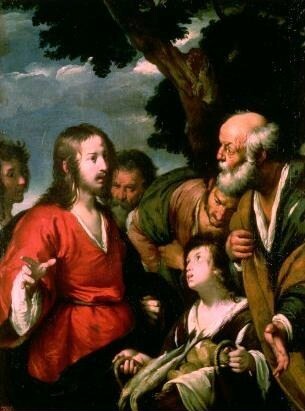
“Feeding the multitudes,” by Bernardo Strozzi….
* * * *
The upper image is courtesy of the Wikipedia article, Ascension of Jesus, with the full caption: “Jesus’ ascension to heaven depicted by John Singleton Copley, 1775.”
The full set of readings for Sunday, April 15, 2018, were: Acts 3:12-19, Psalm 4, 1 John 3:1-7, and Luke 24:36b-48. The full set of “Daily” readings for Sunday, April 22, 2018, were “AM Psalm 63:1-8(9-11), 98; PM Psalm 103;” along with Exodus 28:1-4,30-38; 1st John 2:18-29; and Mark 6:30-44.
And incidentally, April 25, 2018 was the Feast Day for St. Mark, who wrote the first and shortest of the four Gospels. For more see On St. Mark’s “Cinderella story.” That is, at one point Mark’s was “the most ‘dissed‘” of the four Gospels: For example, St. Augustine called Mark “the drudge and condenser” of Matthew’s Gospel. The “Cinderella” angle started with serious Bible scholarship in the 19th Century, which noted that “the other three Gospels all cited material from Mark, but ‘he does not do the same for them.’” The conclusion? “Mark started the process and set the pattern of and for the other three Gospels. As a result of that, since the 19th century Marks’ “has become the most studied and influential Gospel.” See also More on “arguing with God” – and St. Mark as Cinderella. Or you can type in “St. Mark” in the search box above right for more on this saint.
The “shown below” image is courtesy of Supper at Emmaus (Caravaggio, London) – Wikipedia:
The painting depicts the moment when the resurrected but incognito Jesus, reveals himself to two of his disciples… Cleopas wears the scallop shell of a pilgrim [and] gesticulates in a perspectively-challenging extension of arms in and out of the frame of reference… The painting is unusual for the life-sized figures, the dark and blank background. The table lays out a still-life meal. Like the world these apostles knew, the basket of food teeters perilously over the edge. [E.A. Talk about Deja Vu All Over Again…]
Re: “Which would be the greater miracle?” That is, which would be the greater miracle, the Almighty Son of God performing a fairly routine magic trick, or a religious leader getting “normally greedy people” to share what they had? I’m guessing the latter would be the greater miracle…
The lower image is courtesy of Feeding the multitude – Wikipedia. The full caption: “Jesus feeding a crowd with 5 loaves of bread and two fish,” by Bernardo Strozzi, circa 1615.

 We have two major
We have two major  Some witnesses to that first Pentecost took the talking-in-strange-languages to be “drunken babbling.” (On the part of the members of this new sect – the early Christian Church.) But as
Some witnesses to that first Pentecost took the talking-in-strange-languages to be “drunken babbling.” (On the part of the members of this new sect – the early Christian Church.) But as  Or as was stated in
Or as was stated in 

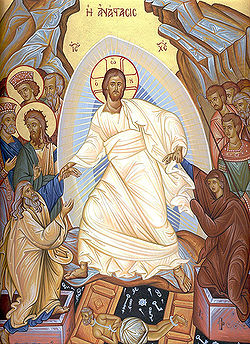 Today is officially the
Today is officially the 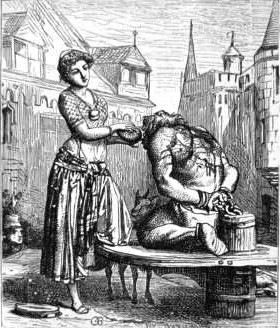 Finally, it’s known as “Quasimodo Sunday.” But that’s not because of
Finally, it’s known as “Quasimodo Sunday.” But that’s not because of  As
As 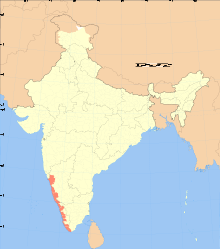 Which is what the painting at the top of the page shows. Put another way, in his travels Thomas “ultimately reached India, carrying the
Which is what the painting at the top of the page shows. Put another way, in his travels Thomas “ultimately reached India, carrying the 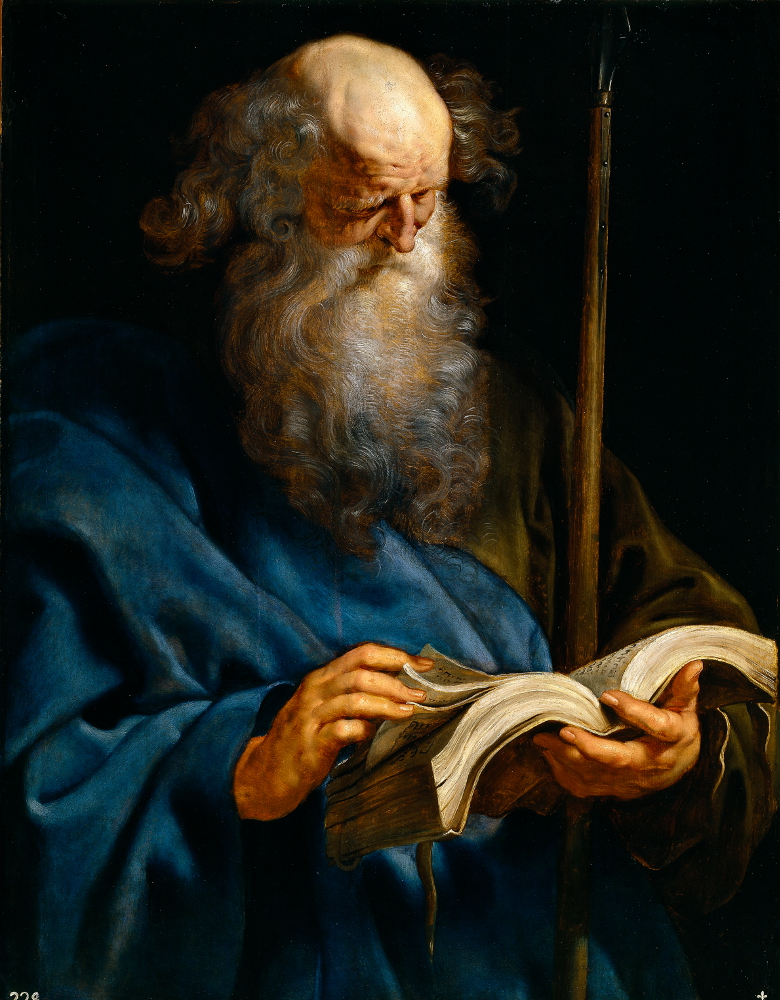
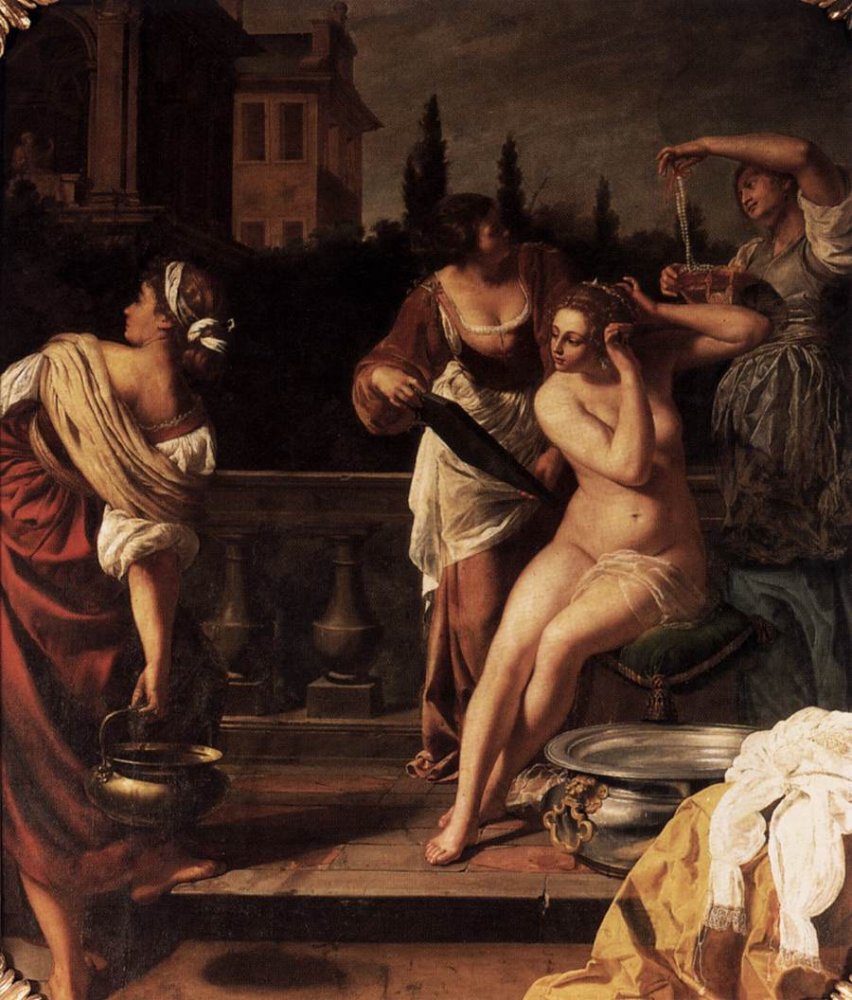
 As the last post noted, it’s been a busy several weeks since July 23, when I left God’s Country. (The
As the last post noted, it’s been a busy several weeks since July 23, when I left God’s Country. (The  For example, the Gospel is
For example, the Gospel is 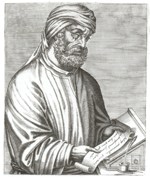 See the day’s Bible readings – in the “
See the day’s Bible readings – in the “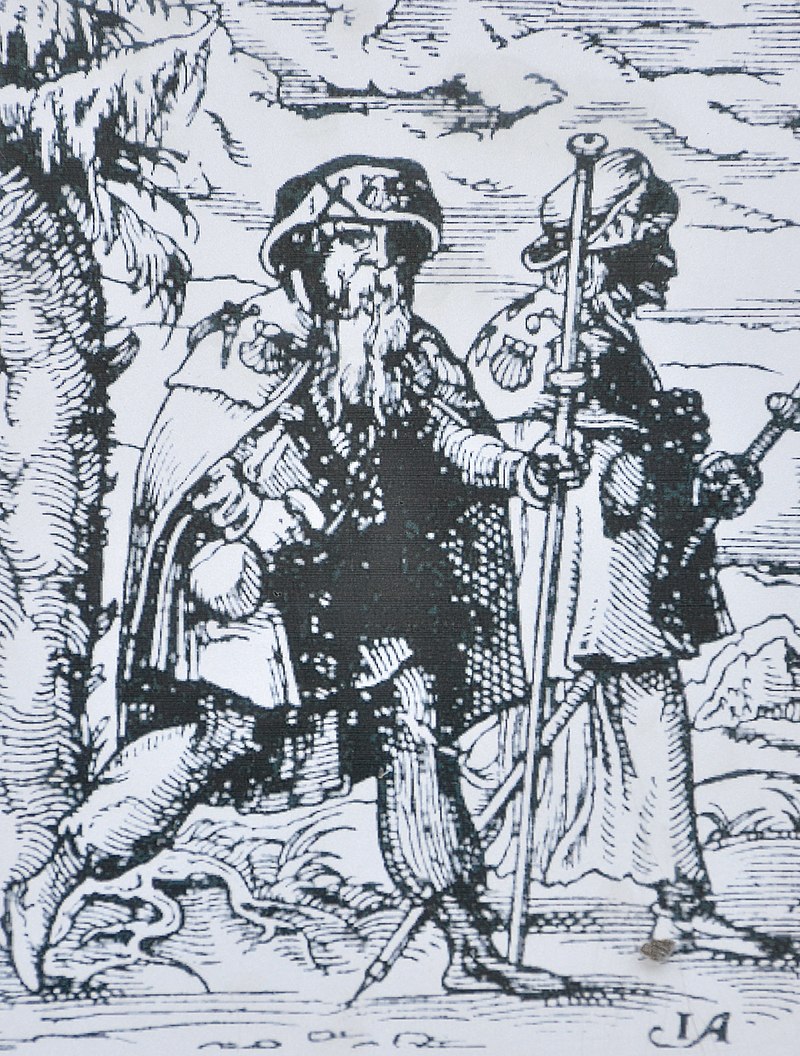 The “Way of St. James pilgrims (1568)”
The “Way of St. James pilgrims (1568)”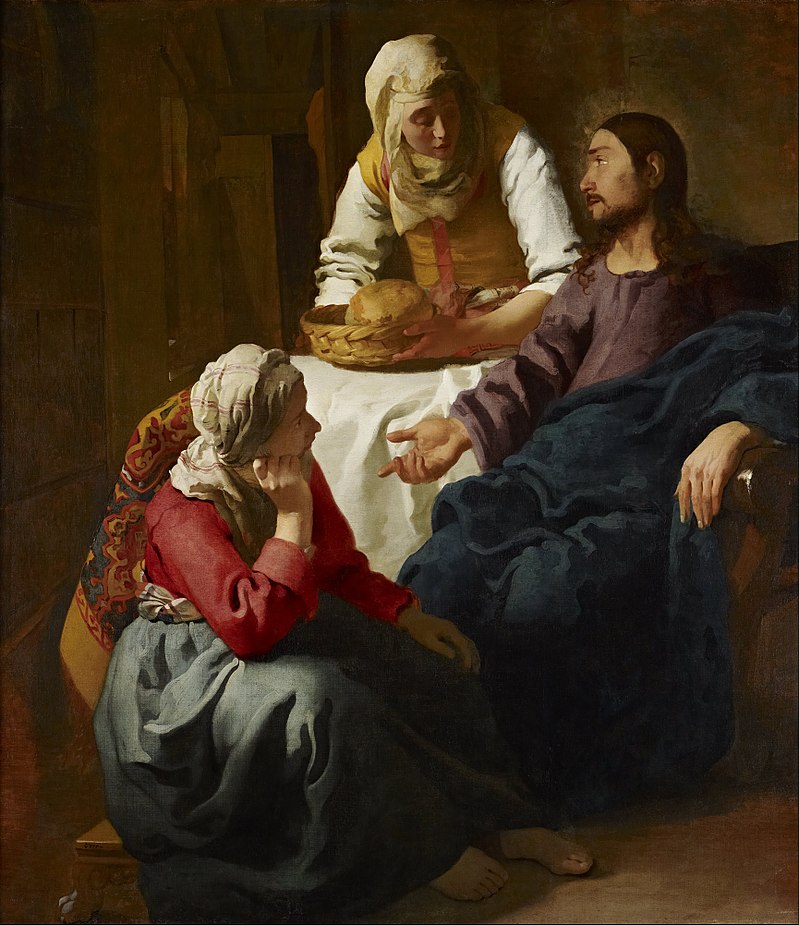
 For starters, this Sunday’s Gospel is
For starters, this Sunday’s Gospel is 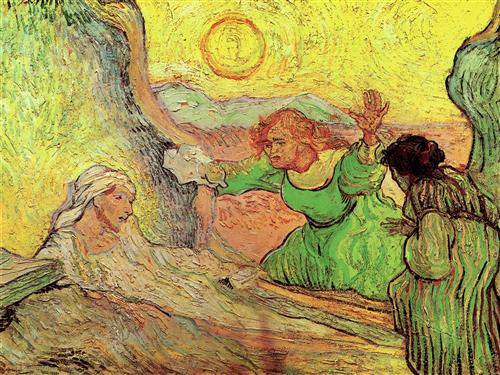 Note also that this July 29 is the
Note also that this July 29 is the 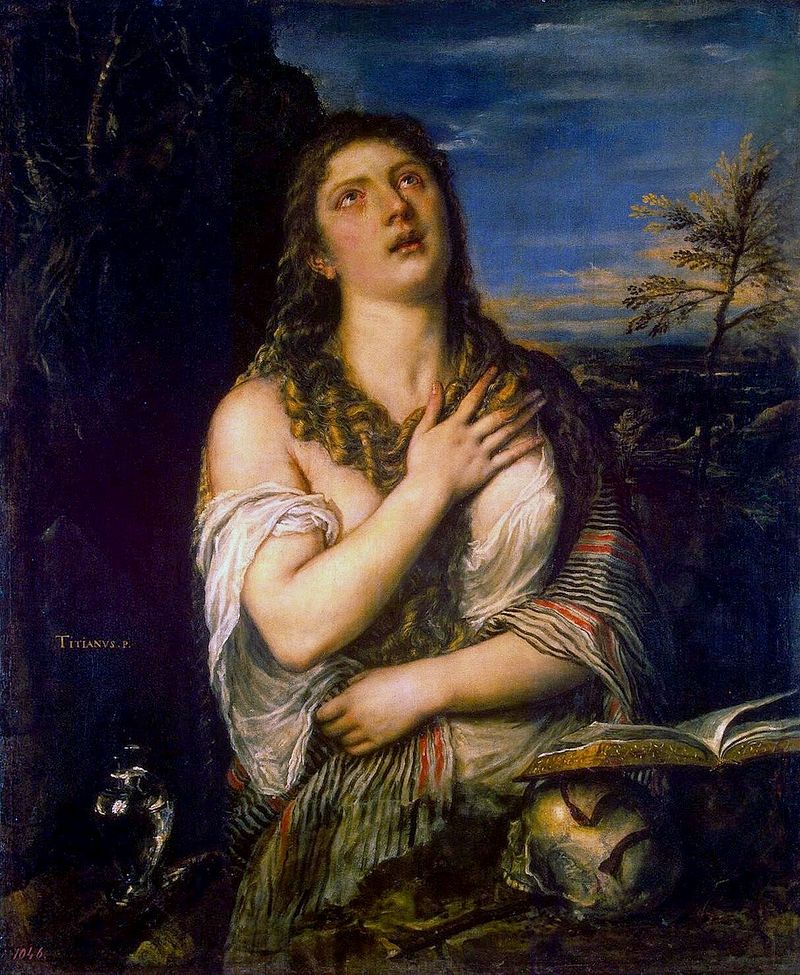 Closer to home – chronologically – is the
Closer to home – chronologically – is the 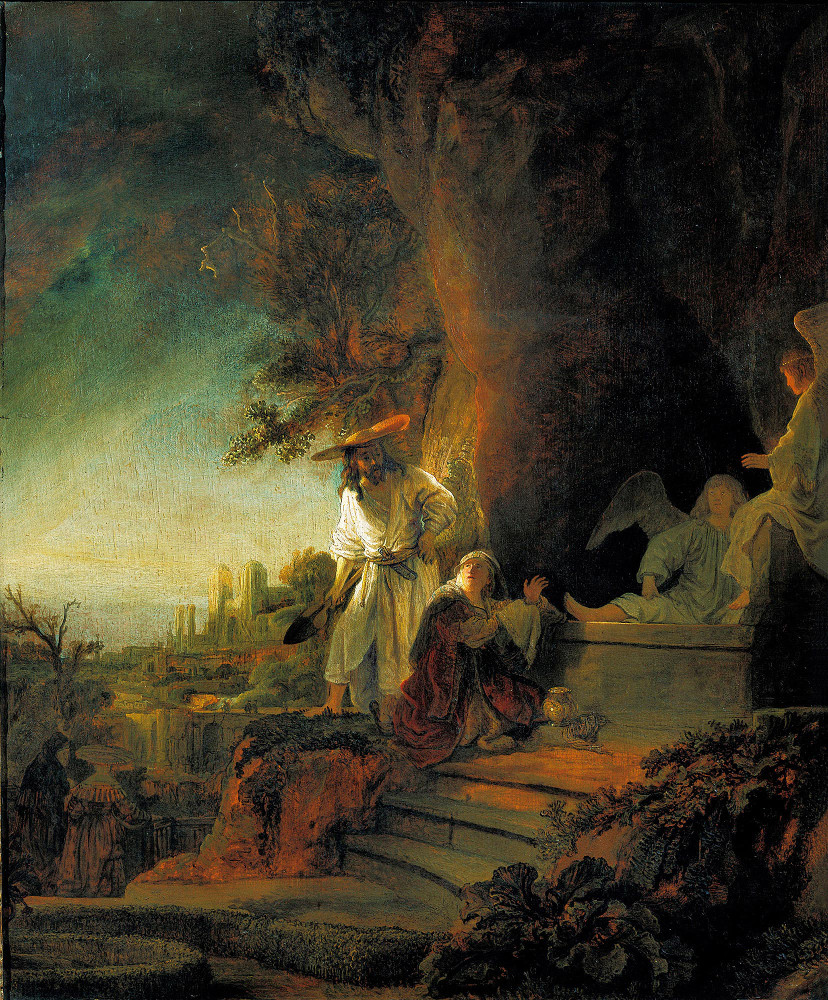 To repeat: Mary Magdalene was both the first person to see Jesus after his resurrection – as shown at right – and the first person “to testify to the resurrection of Jesus.”
To repeat: Mary Magdalene was both the first person to see Jesus after his resurrection – as shown at right – and the first person “to testify to the resurrection of Jesus.” He’s called the Greater – as seen at right – to “distinguish him from
He’s called the Greater – as seen at right – to “distinguish him from 
 Two points. One is that this passage is Luke’s version of the “
Two points. One is that this passage is Luke’s version of the “ (See
(See  (The post includes the cute
(The post includes the cute ,-The.jpg)

 That reading included
That reading included 
 (For a more “worldly” view on
(For a more “worldly” view on  But because of all those “mysteries” in the Bible, it takes awhile to understand. (A lifetime “and more,” in fact.) And that’s just another way of saying, sometimes we just
But because of all those “mysteries” in the Bible, it takes awhile to understand. (A lifetime “and more,” in fact.) And that’s just another way of saying, sometimes we just 
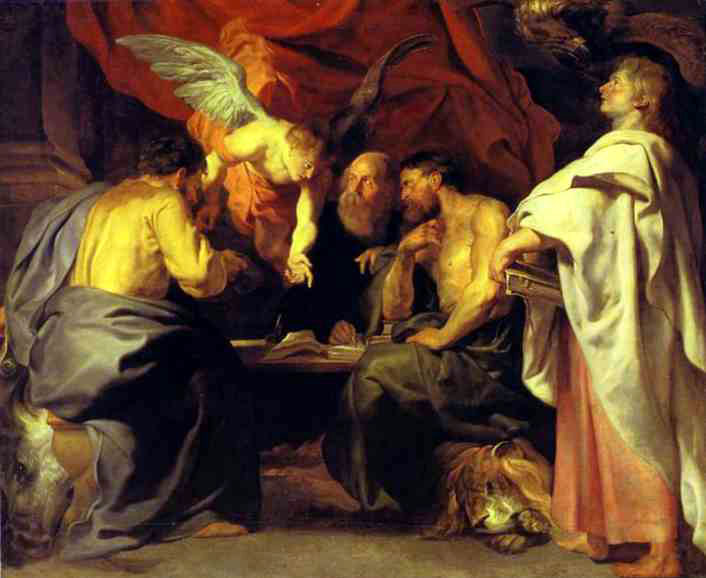
 That’s writing called
That’s writing called 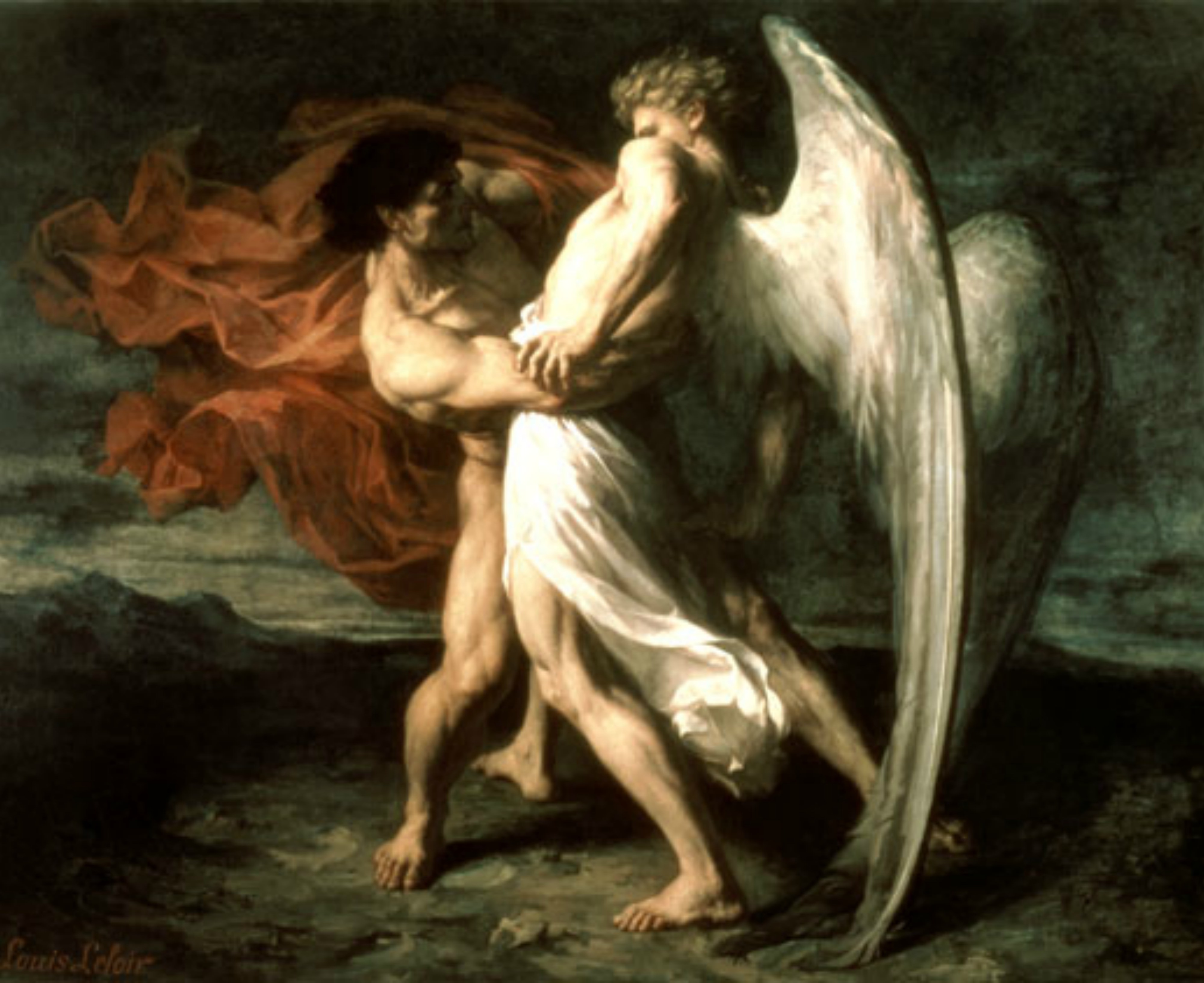 “
“
 Last week’s post was
Last week’s post was  The end result? Paul became “no less than the ‘second founder’ of Christianity.” (Second only to Jesus that is.)
The end result? Paul became “no less than the ‘second founder’ of Christianity.” (Second only to Jesus that is.) 

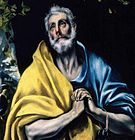 Here’s a
Here’s a  As for last Sunday (April 3), the
As for last Sunday (April 3), the